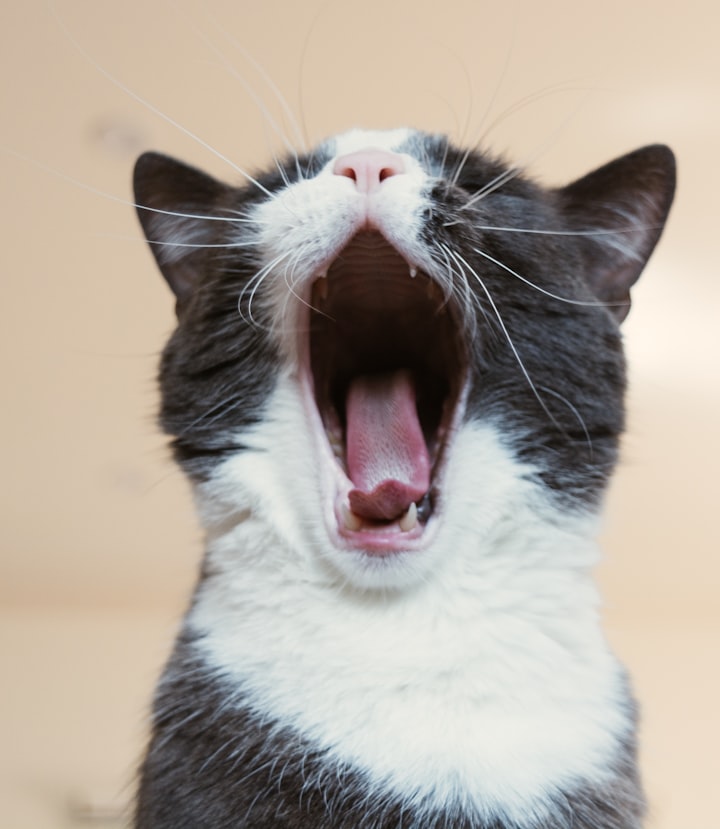The Sweet Danger: Why Chocolate is a No-Go for Cats
Milking It: Exploring the Relationship Between Cats and Milk

Cats are beloved companions known for their curious nature and unique dietary preferences. However, when it comes to chocolate, caution must be exercised. It is crucial for cat owners and enthusiasts to be aware of the potential dangers associated with cats consuming chocolate.
While chocolate is a delightful treat for humans, it poses significant risks to our feline friends. By understanding the dangers and taking necessary precautions, we can ensure the well-being and safety of our beloved cats. In this article, we will delve into the reasons why cats should never eat chocolate and explore the potential health issues it can cause.
The Toxic Component: Theobromine

A. Understanding Theobromine
Theobromine is a naturally occurring compound found in chocolate, derived from the cacao plant. It belongs to a class of chemicals called methylxanthines. Theobromine is responsible for the bitter taste of chocolate and acts as a stimulant.
B. Cats vs. Humans: Different Reactions
Cats metabolize theobromine differently than humans do. While humans can efficiently break down and eliminate theobromine from their bodies, cats lack the necessary enzymes to do so effectively. As a result, theobromine can accumulate in their system, leading to toxicity.
C. Potential Health Issues and Symptoms
Theobromine toxicity in cats can manifest in various ways. Common symptoms include vomiting, diarrhea, increased heart rate, rapid breathing, restlessness, muscle tremors, and even seizures. In severe cases, it can lead to cardiac arrhythmias, internal bleeding, and, in rare instances, even death. It is crucial to recognize these signs and seek immediate veterinary attention if a cat has ingested chocolate.
Why Cats Should Avoid Chocolate

A. Toxic Components: Theobromine and Caffeine
Cats lack the necessary enzymes to metabolize theobromine and caffeine, two compounds found in chocolate. These substances can accumulate in their system, leading to toxicity. Theobromine, in particular, can cause adverse effects on a cat's central nervous system and cardiovascular system.
B. Potential Risks and Complications
When cats consume chocolate, they may experience a range of health issues. These can include vomiting, diarrhea, increased heart rate, abnormal heart rhythm, tremors, restlessness, hyperactivity, muscle spasms, and even seizures. In severe cases, chocolate ingestion can be life-threatening for cats.
C. Examples of Health Problems
1. Gastrointestinal Distress: Chocolate can irritate a cat's digestive system, leading to vomiting and diarrhea. This can cause dehydration and electrolyte imbalances, which require immediate veterinary attention.
2. Cardiac Issues: Theobromine and caffeine in chocolate can stimulate a cat's heart, leading to an increased heart rate and abnormal rhythm. This can put excessive strain on the cardiovascular system and potentially result in cardiac complications.
3. Neurological Symptoms: Cats may exhibit restlessness, tremors, muscle spasms, and even seizures due to the toxic effects of chocolate on their central nervous system. These symptoms require urgent medical intervention.
4. Organ Damage: Prolonged exposure to theobromine and caffeine can lead to organ damage, particularly affecting the liver and kidneys. This can have long-term consequences for a cat's overall health and well-being.
It is crucial to recognize these potential health problems and take immediate action if a cat accidentally consumes chocolate. Contacting a veterinarian is essential to ensure appropriate treatment and minimize the risks associated with chocolate ingestion in cats.
Signs of Chocolate Toxicity in Cats

A. Recognizing the Red Flags
It is crucial for cat owners to be familiar with the signs and symptoms of chocolate toxicity in cats. Some common indicators include:
1. Vomiting and diarrhea: Cats may experience gastrointestinal distress, leading to vomiting and diarrhea.
2. Increased heart rate: Chocolate contains substances that can elevate a cat's heart rate, leading to rapid breathing and restlessness.
3. Tremors and seizures: In severe cases, cats may exhibit muscle tremors or even experience seizures.
4. Hyperactivity or agitation: Chocolate can stimulate the nervous system, causing cats to become unusually hyperactive or agitated.
B. Detecting Chocolate Ingestion
It is not always easy to determine if a cat has consumed chocolate, especially if it happens when the owner is not present. However, some signs that may indicate chocolate ingestion include:
1. Empty chocolate wrappers or containers: Finding chewed or torn wrappers in the vicinity of the cat.
2. Chocolate stains or residue: Detecting chocolate stains on the cat's fur, paws, or around their mouth.
3. Behavioral changes: Observing unusual behavior such as restlessness, excessive thirst, or refusal to eat.
C. Seeking Urgent Veterinary Care
If there is any suspicion that a cat has ingested chocolate, it is crucial to seek immediate veterinary care. Even small amounts of chocolate can be toxic to cats, and prompt medical attention can make a significant difference in their outcome. Contacting a veterinarian allows for proper assessment, treatment, and guidance to ensure the cat's well-being.
Preventing Chocolate Exposure to Cats

A. Keeping Chocolate Out of Reach
1. Store chocolate securely: Ensure that all chocolate products are stored in sealed containers or cabinets that are inaccessible to cats. Consider using childproof locks if necessary.
2. Be mindful of countertops and tables: Cats are agile climbers, so it's important to keep chocolate-containing foods or desserts away from edges and surfaces that cats can easily access.
3. Dispose of chocolate wrappers properly: Cats are notorious for rummaging through trash cans, so make sure to dispose of chocolate wrappers in a secure bin that your cat cannot access.
B. Educating Family Members and Visitors
1. Spread awareness: Inform your family members and visitors about the dangers of feeding chocolate to cats. Emphasize the potential health risks and the importance of keeping chocolate away from cats at all times.
2. Provide alternatives: Encourage family members and visitors to offer cat-friendly treats instead of chocolate. Share a list of safe and enjoyable treats that cats can indulge in without any harm.
C. Cat-Friendly Treats
1. Catnip treats: Cats often enjoy the stimulating effects of catnip. Offer catnip-infused treats or toys as a safe and enjoyable alternative to chocolate.
2. Specialized cat treats: Explore the wide range of commercially available cat treats that are specifically formulated to meet feline dietary needs. These treats come in various flavors and textures to cater to your cat's preferences.
3. Homemade treats: Consider making homemade treats using cat-safe ingredients such as cooked chicken, tuna, or small amounts of cat-friendly fruits like watermelon or cantaloupe. Always consult with your veterinarian before introducing new foods into your cat's diet.
Conclusion

Throughout this article, we have explored the dangers associated with cats consuming chocolate. We have learned that chocolate contains theobromine, a substance toxic to cats, which can lead to various health issues such as vomiting, diarrhea, rapid breathing, increased heart rate, and even seizures.
It is of utmost importance to prioritize the well-being of our feline companions by keeping them away from chocolate. As responsible cat owners, we must be vigilant and ensure that chocolate and any foods containing it are kept out of their reach.
Knowledge is power, and by sharing this information with other cat owners, we can collectively raise awareness about the dangers of chocolate for cats. Let us take the initiative to educate others and prevent any potential harm to our furry friends.
By understanding the risks and taking appropriate measures, we can create a safe environment for our cats, free from the sweet danger that chocolate poses. Together, let's protect our feline friends and ensure their well-being for years to come.
About the Creator
Pen journey
I can't write






Comments
There are no comments for this story
Be the first to respond and start the conversation.